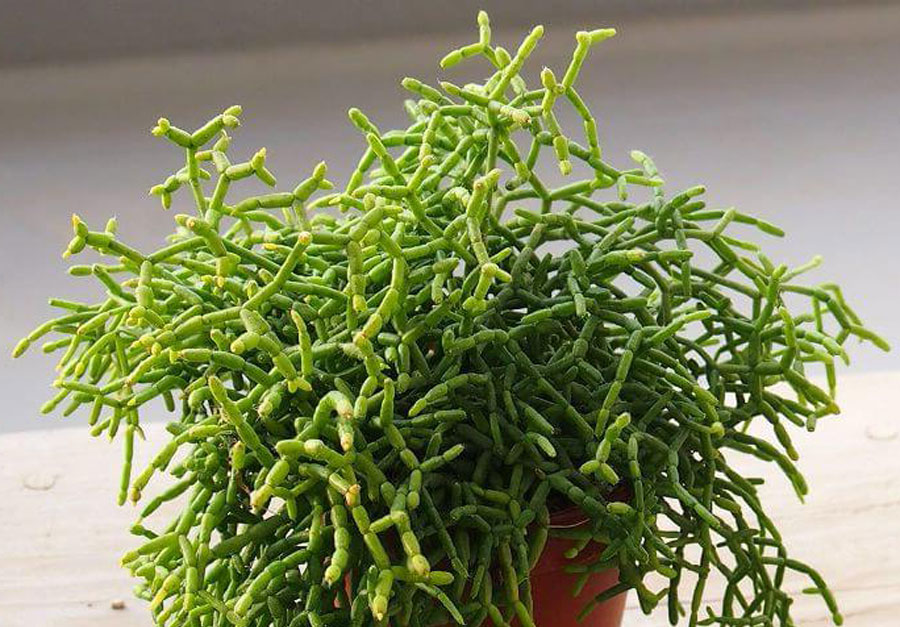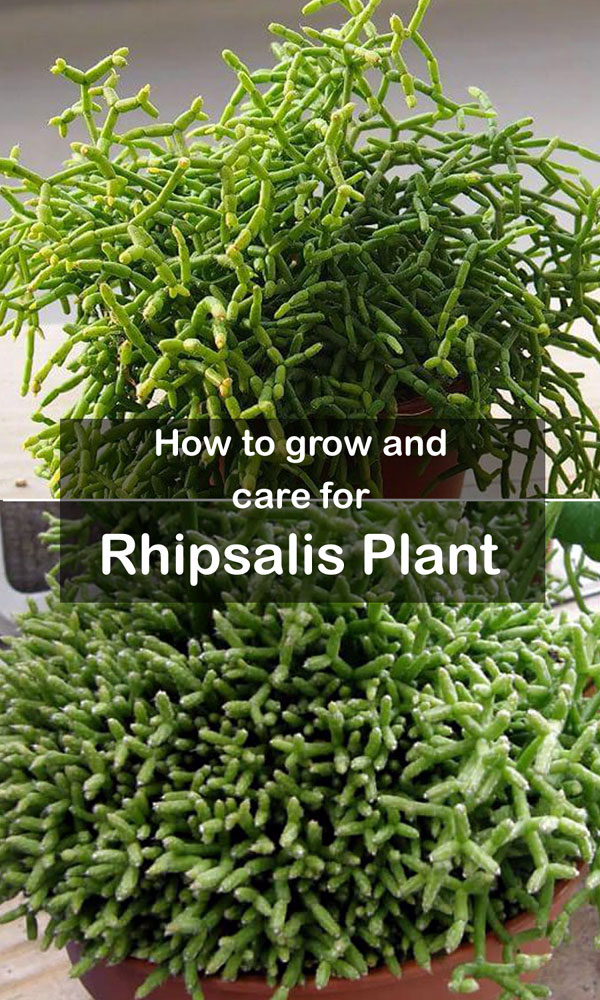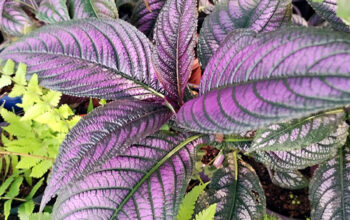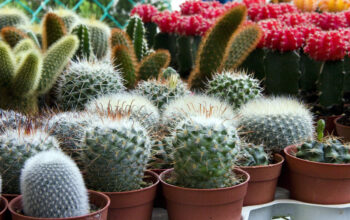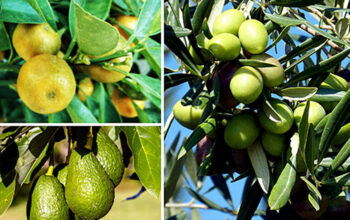Rhipsalis Plant (Mistletoe cactus)
Rhipsalis plant (mistletoe cactus) is found in parts of central America, northern regions of South America and the Caribbean, they are also inhabited isolated locations in Africa and Asia. The rhipsalis is the largest and most widely distributed genus of epiphytic cacti. learn about Rhipsalis Cereuscula plants in this article.
Botanical name Rhipsalis spp.
Common name Mistletoe cactus
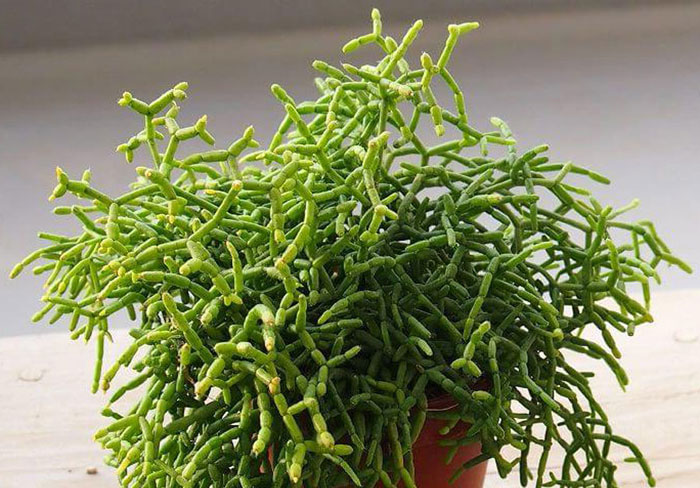
Growing Mistletoe cactus
Rhipsalis has approximately 35 distinct species, and the most popular amongst them is the Rhipsalis Baccifera which is also known as the Mistletoe Cactus. The rhipsalis mistletoe cactus is also known as the chain cactus.
Rhipsalis is commonly grown indoors and it should be given the proper treatment and care it requires. Rhipsalis requires shade to partial shade to grow.
The plant has thin succulent stems that may reach 6 feet in length and the thick skin of the stems does not produce any thorns.
Lighting
Rhipsalis is an extremely hardy plant and the best location for your plant is at least a few feet from the window. Mistletoe cactus prefer bright and indirect sunlight, and they can also tolerate the morning and the evening sunlight.
The plant does not thrive well in direct sunlight and the afternoon sun can burn the leaves of the plant and turn them yellow. When the leaves turn pale, it means that the plant is not getting enough sunlight. The plant requires a lot of filtered bright light. Morning sun is the best lighting condition for the plant. Rotate your plant time to time to ensure even growth on all sides.
Soil
It needs to be planted in a well-drained soil. Mix one part perlite with one part potting soil, one part peat and one part coarse orchid bark, this soil mixture is excellent for the rhipsalis plant. The mixture provides structure, nutrition and drainage for the plant and this mixture can hold more moisture than a desert cactus mix.
The plant can also do well in a standard potting mix blended with even parts of soil. The plant requires fresh potting soil every two or three years.
Water
You should water your rhipsalis once a week or little watering regularly to keep the plant moist. The plant prefers being moist but make sure that you do not allow it to sit in standing water. The leaves may start falling if the plant is overwatered.
Water the rhipsalis frequently in the spring and summer seasonbut try not to water it much in the winter season. Overwatering can make the stems weak and the roots rotted. And, if your plant does not get enough water, then the tendrils will start turning brown and crispy.
You can check whether the plant requires watering or not by checking the top inches of the soil. If the soil is dry, water the plant and if the soil is moist, postpone watering. Try to aerate the soil before the initial watering as it can help the soil to breath and allow the moisture to be released.
Temperature and humidity
The ideal temperature for rhipsalis plant is between 18 to 24 degrees Celsius. The temperature may fall during the night time, but make sure that the fluctuations of more than 10 to 20 degrees Celsius in one day should be avoided to keep the plant from dying.
50 to 70 percent of humidity is beneficial for the plant because the plant will grow healthy and strong at sufficiently high humidity. A saucer filled with rocks and water can increase the ambient humidity.
Fertilising
There is no need to feed the newly repotted plant for almost 12 months. The plant does not require feeding until the soil becomes worn-out of nutrients. Monthly feeding is fine in summer and spring season. A half diluted cactus fertilizer is good for the plant.
Repotting Mistletoe cactus
It is best to plant your rhipsalis in a clay pot because clay pots allow the soil to breath better. Some species have hanging and long leaves, making them excellent for the hanging plant.
You rhipsalis requires repotting every 3 to 4 years with potting soil that is mixed with a lot of sand. If you don’t repot your plant, it will stop growing.
If you see any of the stems of the plant is damaged, trim or cut them with a knife or scissor. You can also use these cutting to grow new rhipsalis plant.
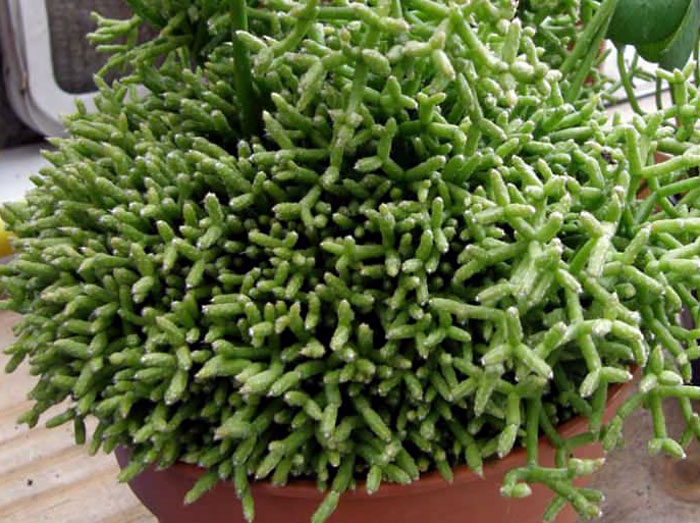
Rhipsalis Cereuscula
Rhipsalis Cereuscula is a rare plant with short stems, it looks like a shrubby plant. The new growth of this plant is green and becomes vibrant green as it matures. A great plant for hanging baskets, it can be easily grown in 3.5 ”containers.
Read also:
How to grow diffenbachia plant. Night Blooming flowers for your garden. How to grow yucca plants. 07 Indoor plants that greenery around you. 06 Healing herbs you must grow in your garden. Growing Pereski bleo in containers. Growing and care for Monstera Deliciosa. Pencil cactus growing and care tips. Agapanthus flowers growing guide.
For pin:

